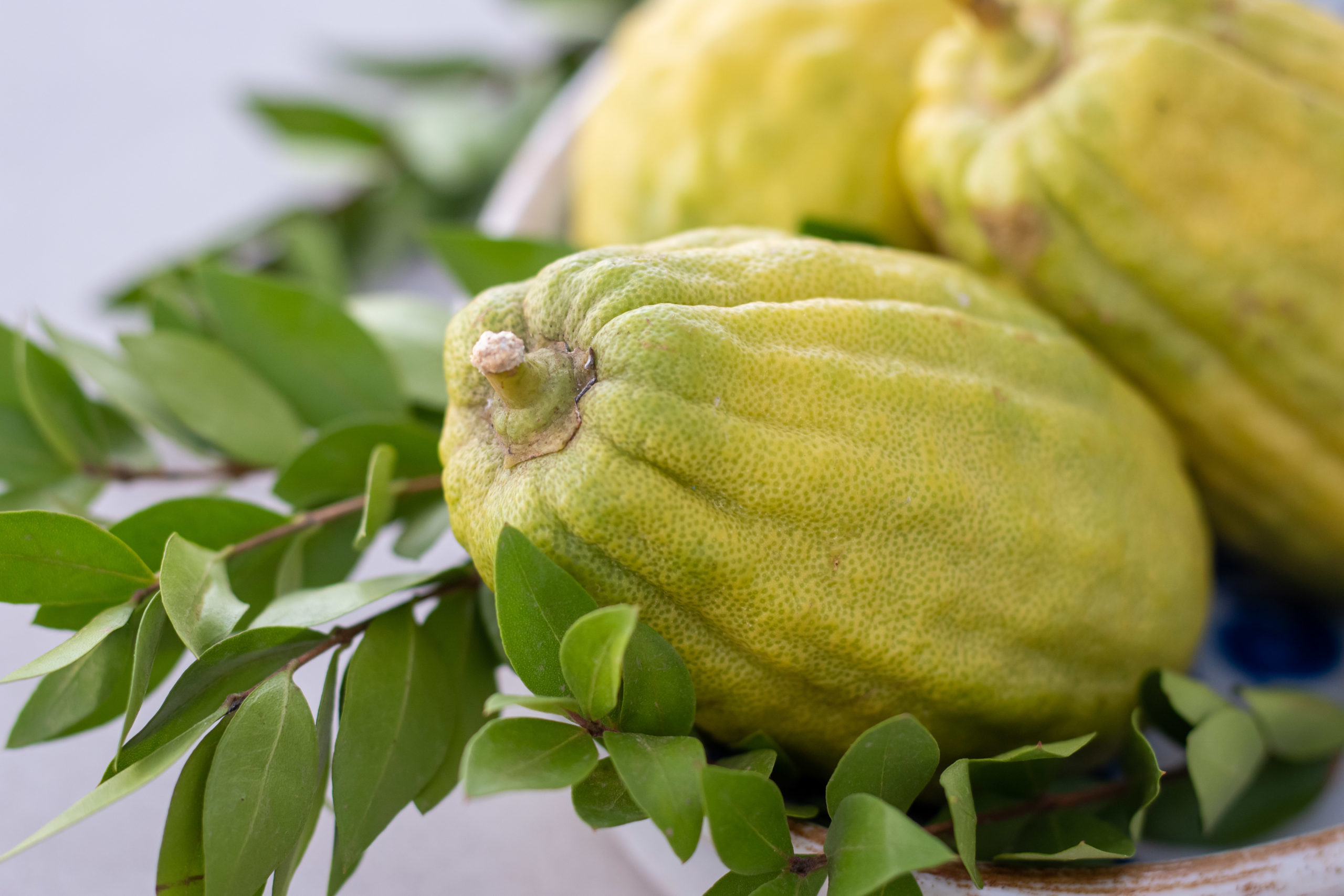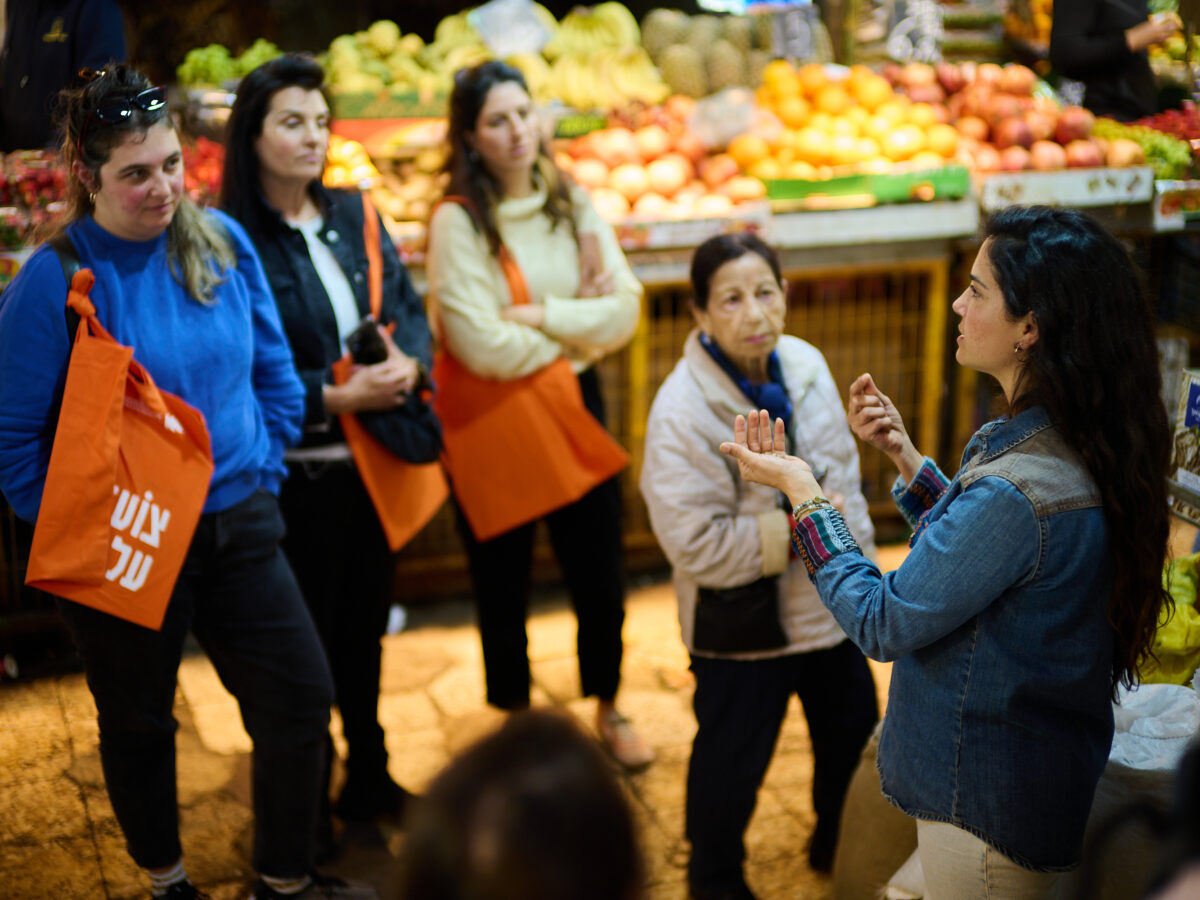It was always hard for me to explain what distillation is. What is happening there in the dark, when the still pot boils and simmers? The taste and aroma of the resulting transparent liquid is even harder to put into words.
In the past, whenever I wanted to explain the distillation process and its effect on the flavors and aromas of the final product — the alcoholic distillate — I liked to use an analogy from the art of sculpture. I compared the distiller to the sculptor, the distillation process to sculpture, and the final product to the statue. I found those images clever and easily explainable: whereas in wine making we can compare the winemaker to a painter, who uses a palette of various grapes and barrels to paint a whole wine from the parts available to him, the distiller is more like a sculptor. He takes an ingredient — wine or liquor — and slowly undresses it to expose its beating heart.
The distiller’s work is about reduction: he wishes to remove and cut off unwanted molecules, flavors and aromas from the ingredient he distills, until he ends up with a pure liquid expressing the distilled truth of that ingredient. Fruit or grain are therefore like lumps of rock or a tree trunk, and the finished product is quarried out of them with labor and talent.
But as I spent more and more time in the barrel room, tasting more and more aging distillates in different stages of their lives, I came to realize the flaws of that analogy. Stone, metal and even wood statues hardly change over time. They may become covered with rust or moss, but the preliminary characteristics of the statue remain unchanged almost forever.
“An alcoholic beverage is just like us. From the moment of its birth, it’s constantly changing. At a certain stage it reaches maturity, and not long after it starts a slow decline towards its inevitable end.”
Yuval Hargil
Alcoholic beverages, on the other hand, are constantly changing. After a few years in a barrel, a drink may emerge completely transformed. The deeper I dug, the better I understood that the right analogy is not a statue, but a human being. An alcoholic beverage is just like us. From the moment of its birth, it’s constantly changing. At a certain stage it reaches maturity, and not long after it starts a slow decline towards its inevitable end.
Drinks change over time in three ways: flavor, aroma, and texture. The color changes too, becoming darker and more opaque with age, yet this change is purely cosmetical. I learned to ignore color when evaluating drinks, just like I do with people.
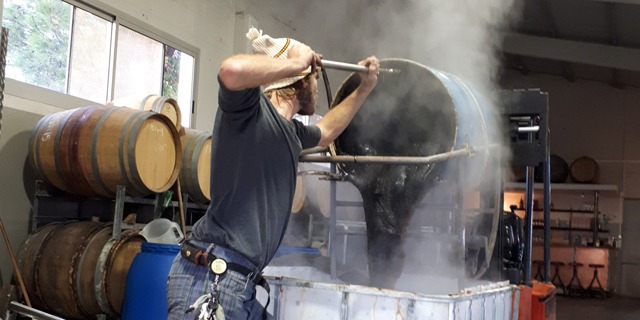
This is the time to discuss some fundamental questions: First, what kind of substances make up the beverage’s unique flavor, aroma, and texture? And, what are the differences between the flavors and aromatic compounds, if any? Second, why do flavor, aroma and texture change over time? And last and most important: how long does it take for the flavor and aroma parameters to converge so that the drink reaches its professional and artistic peak?
Thousands of distillers, blenders, perfume makes, flavor scientists and aroma researchers have tried to answer these questions. Countless studies have been written since the early days of distillation, in the times of the grand Arab chemists in the 9th century CE, — up to this very moment, when I am writing these words with an aromatic glass of 8-year-old Brandy by my side. Alcoholic beverages have both patience and time. Humans have less of both. This could be the fundamental difference between people and beverages. Therefore, I will try to summarize, or perhaps to distill, the few answers to these very big questions.
When we are talking about aroma, we refer to an entire interpretation mechanism in which molecules are inhaled through the nostrils up the nasal chamber, reaching the olfactory receptors and then the olfactory bulb in the brain. The olfactory receptors of a person with a reasonable sense of smell can identify millions of different scent molecules. That’s a lot. In a standard drink there are hundreds of scent molecules from different families in varying compositions. That’s a lot, too. Professionals tend to divide aroma compounds in beverages into three main chemical families: esters, ketones and aldehydes. Professionals who want to make their distinctions accessible to the general public, tend to divide the professional world of aromas into eight more communicative categories: fruity, flowery, grassy, woody, baked/milky (yeast, bread, butter), spicy and finally mineral and animalistic ( hot asphalt and horse sweat! I love these categories). Naturally, each category includes hundreds of sub-categories.
Compared with the sense of smell — the sense most related to memory — the sense of taste is simpler. It gets its information from thousands of papillae or small bumps covering the surface of the tongue and palate. These papillae specialize in identifying different substances, which they translate to what we call “flavor.” Different kinds of salts will be interpreted as salty, acids as sour, sugars will feel sweet, different molecules such as alkaloids and tannins will be classified as bitter, glutamic acids will create an umami taste and certain papillae will identify fatty molecules. Yes: fat is also a flavor. In addition, all parts of the tongue and buccal cavity can identify pungent molecules, such as capsaicin, the active component in chili peppers.
“When we organize a professional tasting event, words like “sea salt,” “mineral,”, “sweet,” “astringent,” as well as “fatty,” and even “crisp” and “chewy” are frequently thrown into the air. How do all these flavors, which as we said, weren’t there in the beginning, end up in the drink?”
Yuval Hargil
When the alcoholic liquid emanates from the condenser of the pot still of a distilling apparatus, it contains thousands of different molecules from the original ingredients — most of them are responsible for its aromas, and only a few for its taste. The reason for this is that aromas are volatile by nature, and so they preserve well in the distillation process, while flavor compounds such as salts and minerals, as well as tannins, are too “heavy” to survive the evaporation-condensation process. These compounds do not make it to the final distillate. Theoretically, alcoholic distillates, just like distilled water, are flavorless; but as any drinker knows, drinks, especially aged drinks, have flavor. When we organize a professional tasting event, words like “sea salt,” “mineral,”, “sweet,” “astringent,” as well as “fatty,” and even “crisp” and “chewy” are frequently thrown into the air. How do all these flavors, which as we said, weren’t there in the beginning, end up in the drink?
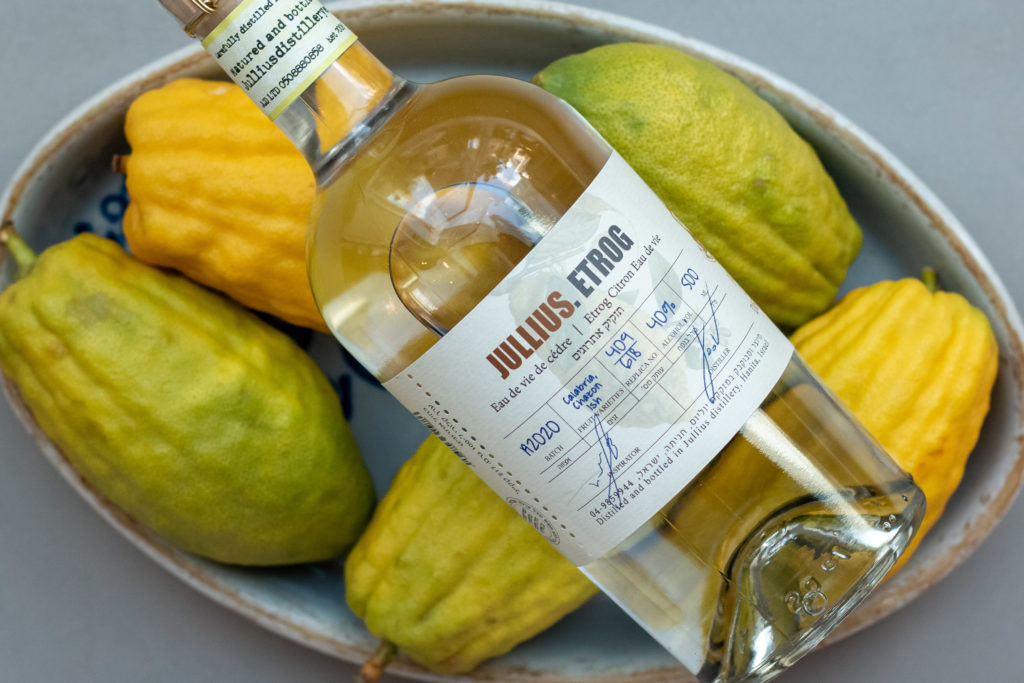
Now we get to what is perhaps the most fascinating chapter in a beverage’s life: maturing, where the wild, confused aromas of childhood fade away, and other, quieter aromas and flavors take the stage. If we continue our drink-man analogy, we could say that drinks, too, reach an age of wisdom. As French philosopher Jean-Paul Sartre wrote, wisdom does not necessarily imply perfection, but it does attest to acceptance and inner liberty. The flavors and aromas a drink acquires with time are the result of three long-term, influential events.
The first is the introduction of water. An alcoholic distillate is born at 70-94% alcohol by volume, but in most cases is aged at a lower concentration. This is done by mixing in water. Water contains different minerals, and these minerals affect the taste of the final drink. This is not a minor influence, nor is it limited to the dilution phase: the mineral molecules and ions in the water and the molecules of the basic distillate continue to interact over a long period of time, resulting in new taste and aroma molecules.
The second is the introduction of the aging receptacle. The receptacle with the greatest effect on the qualities of the beverage is of course the wooden barrel. The wood panels interact with the liquid and release various compounds: tannins, lignin, vanillin, glycerin, and more. Most of these substances are flavorful, especially in the bitter, sweet, and fatty taste category, or better said – the resinics. The beautiful thing about barrels is that each barrel is an independent, unique creature. The location of the forest, type of wood, barrel maker, the drying and toasting of the beams — all these affect the final quality of the barrel. But not only wooden barrels affect beverages, glass does too (by letting light filter through), and so do ceramics, copper and even — god forbid — plastic.
The third factor is the introduction of oxygen. Strong liquor, unlike other drinks, likes a lot of oxygen. Contrary to most types of wine, when the liquid level in a barrel used for aging an alcoholic distillate drops (due to natural evaporation), we do not bother to replace the missing liquid. The growing volume of air inside the barrel is vital for accelerating the oxygenation rate of the liquid, a process dramatically altering its flavors and aromas. In addition, the intensified evaporation works similarly to reducing a stock by letting it simmer on the stove. The reduced liquid becomes thicker and viscous. The wonderful viscous quality of properly aged alcoholic drinks is perhaps what distinguishes them from reckless young drinks.
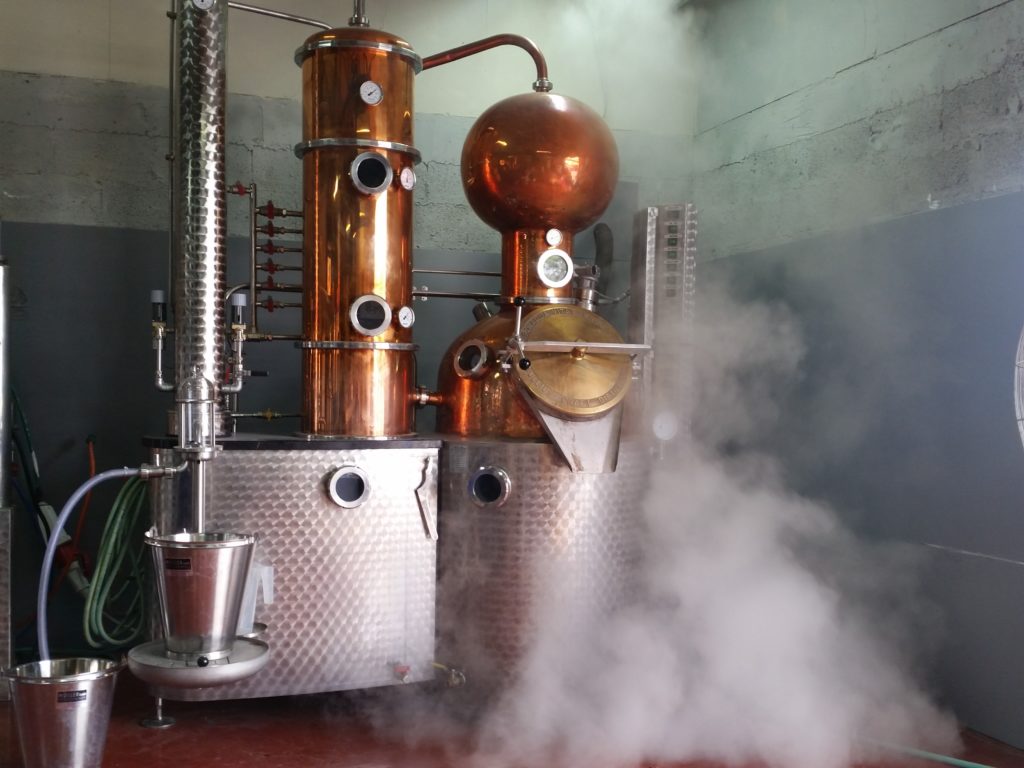
When we start understanding the huge influence all these complex processes have on the flavor and aroma profile of alcoholic beverages, one question keeps coming up whenever one sips an aged alcoholic beverage: why do most people prefer aged beverages to young ones?
With each glass of old brandy I drink, my belief in an evolutionary answer grows firmer. Mature aromas and flavors are interpreted in our subconsciousness as safer for consumption. Cheese, meat or fish, for example, may be dangerous for human consumption in their fresh form if kept in uncontrolled conditions; yet when they are preserved or dried, they can be enjoyed for years. Human history has taught our brain to appreciate flavors related to lengthy aging. The same goes for alcohol. Ever heard of a man going blind from drinking a bottle of a 12-year-old brandy? Probably not. Our subconsciousness perceives old drinks as safer, and for that reason, more satisfying for the palate. Does it mean young drinks cannot be pleasing and thrilling? Let me take out a few bottles — one- or two-year-old toddlers — to prove otherwise.
